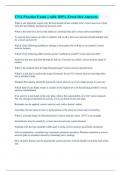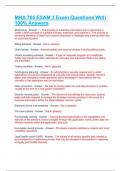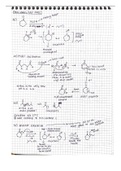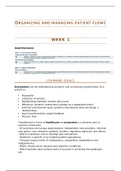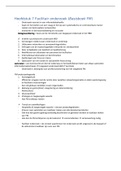Exam (elaborations)
BMSC 200 - Module 3 || with A+ Guaranteed Solutions.
- Course
- Institution
How many commonly occurring amino acids are there? correct answers There are 20 commonly occurring amino acids that are used for synthesis of proteins in all living systems What do amino acids contain? correct answers Amino acids contain an alpha-carboxyl group, an alpha-amino group and a distin...
[Show more]




